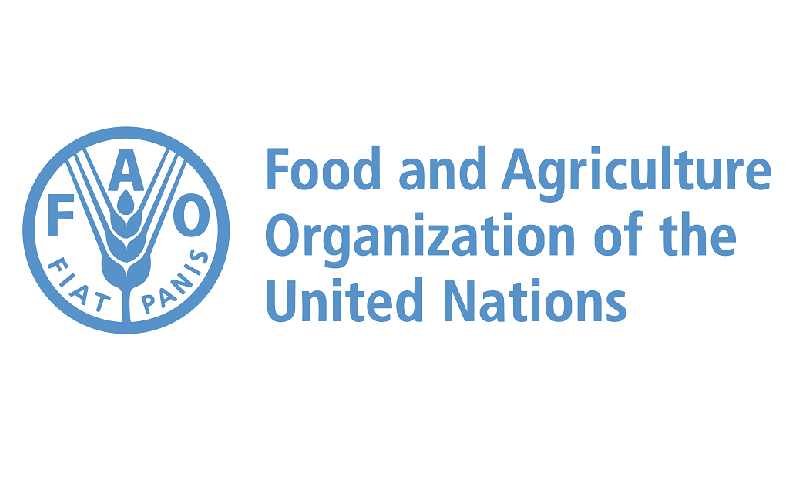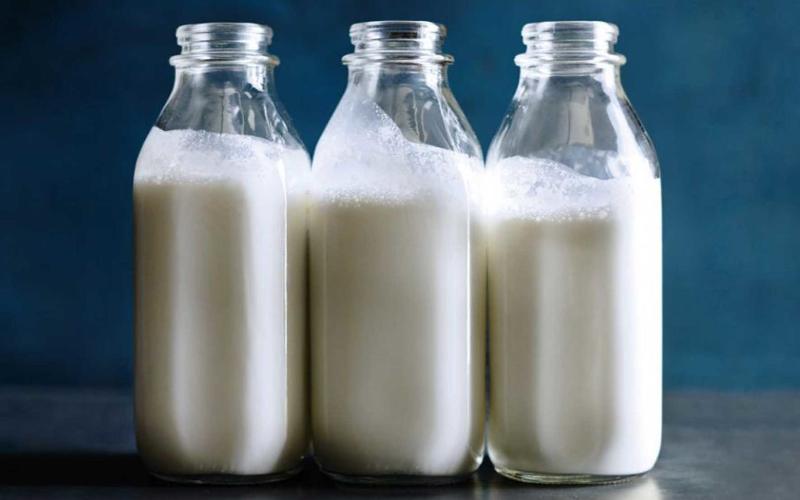In February FAO Food Price Index a Marginal Decline
Sourse: The DairyNews
In February 2024, the FAO Food Price Index (FFPI) registered at 117.3 points, experiencing a marginal decline of 0.9 points (0.7 percent) from the revised January level. This decrease was attributed to lower price indices for cereals and vegetable oils, which more than offset increases in sugar, meat, and dairy product prices. Compared to the previous year, the index showed a notable decrease of 13.8 points (10.5 percent).

The FAO Cereal Price Index, averaging 113.8 points in February, recorded a significant decline of 6.1 points (5.0 percent) from January and a substantial drop of 32.9 points (22.4 percent) from February 2023. This downturn was observed across all major cereals, with maize export prices experiencing the most significant decrease due to expectations of abundant harvests in Argentina and Brazil, coupled with competitive prices from Ukraine. Wheat prices were impacted by strong export activity from the Russian Federation, leading to lower export quotations. Barley and sorghum prices followed suit, reflecting the softer tone in wheat and maize markets. International rice prices edged down by 1.6 percent in February, primarily due to slow import demand and new-crop harvests in some suppliers.
The FAO Vegetable Oil Price Index averaged 120.9 points in February, showing a decrease of 1.6 points (1.3 percent) from January and standing 15.0 points (11.0 percent) below the previous year's level. The decline was driven by lower world prices of soy, sunflower, and rapeseed oils, offsetting slightly higher palm oil quotations. Notably, soyoil prices dropped markedly due to expectations of abundant soybean outputs from South America. Sunflower and rapeseed oil prices decreased, reflecting ample global export availabilities. However, world palm oil prices rose slightly in February due to seasonally lower production in major Southeast Asian countries.
The FAO Dairy Price Index averaged 120.0 points in February, exhibiting a modest increase of 1.3 points (1.1 percent) from January but remaining 18.6 points (13.4 percent) below the corresponding month last year. Noteworthy in February was the rise in world butter prices, driven by higher import demand from Asian buyers and declining milk production in Oceania. Whole milk powder prices continued to rise slowly, mainly due to increased import demand, while skim milk powder prices remained stable. International cheese prices increased marginally, supported by positive buying interest from Asia and lower inventories in the European Union.
The FAO Meat Price Index averaged 112.4 points in February, marking a positive turn with an increase of 2.0 points (1.8 percent) from January, breaking seven consecutive months of drops. However, it stood 0.9 points (0.8 percent) below the corresponding value a year ago. Poultry meat prices rose the most, followed by bovine meat, attributed to increased demand from leading importing countries. Bovine meat prices were influenced by lower-than-anticipated supply from Australia, disrupted by heavy rains. Pig meat prices increased slightly due to higher demand from China and increased internal demand in Western Europe. Conversely, ovine meat prices declined due to a slowdown in imports by China and record-breaking production in Australia.
The FAO Sugar Price Index averaged 140.8 points in February, reflecting a 4.4-point increase (3.2 percent) from January, marking the second consecutive monthly rise and standing 15.6 points (12.5 percent) above the value a year ago. Persistent concerns over the upcoming season in Brazil, characterized by below-average rainfall, supported world sugar prices, exacerbated by forecasts indicating likely production declines in leading exporting countries such as Thailand and India. However, improved precipitation in late February in key Brazilian growing areas and the weakening of the Brazilian real against the United States dollar helped contain the rise in world sugar prices.
The FAO Vegetable Oil Price Index averaged 120.9 points in February, showing a decrease of 1.6 points (1.3 percent) from January and standing 15.0 points (11.0 percent) below the previous year's level. The decline was driven by lower world prices of soy, sunflower, and rapeseed oils, offsetting slightly higher palm oil quotations. Notably, soyoil prices dropped markedly due to expectations of abundant soybean outputs from South America. Sunflower and rapeseed oil prices decreased, reflecting ample global export availabilities. However, world palm oil prices rose slightly in February due to seasonally lower production in major Southeast Asian countries.
The FAO Dairy Price Index averaged 120.0 points in February, exhibiting a modest increase of 1.3 points (1.1 percent) from January but remaining 18.6 points (13.4 percent) below the corresponding month last year. Noteworthy in February was the rise in world butter prices, driven by higher import demand from Asian buyers and declining milk production in Oceania. Whole milk powder prices continued to rise slowly, mainly due to increased import demand, while skim milk powder prices remained stable. International cheese prices increased marginally, supported by positive buying interest from Asia and lower inventories in the European Union.
The FAO Meat Price Index averaged 112.4 points in February, marking a positive turn with an increase of 2.0 points (1.8 percent) from January, breaking seven consecutive months of drops. However, it stood 0.9 points (0.8 percent) below the corresponding value a year ago. Poultry meat prices rose the most, followed by bovine meat, attributed to increased demand from leading importing countries. Bovine meat prices were influenced by lower-than-anticipated supply from Australia, disrupted by heavy rains. Pig meat prices increased slightly due to higher demand from China and increased internal demand in Western Europe. Conversely, ovine meat prices declined due to a slowdown in imports by China and record-breaking production in Australia.
The FAO Sugar Price Index averaged 140.8 points in February, reflecting a 4.4-point increase (3.2 percent) from January, marking the second consecutive monthly rise and standing 15.6 points (12.5 percent) above the value a year ago. Persistent concerns over the upcoming season in Brazil, characterized by below-average rainfall, supported world sugar prices, exacerbated by forecasts indicating likely production declines in leading exporting countries such as Thailand and India. However, improved precipitation in late February in key Brazilian growing areas and the weakening of the Brazilian real against the United States dollar helped contain the rise in world sugar prices.
Key News of the Week














